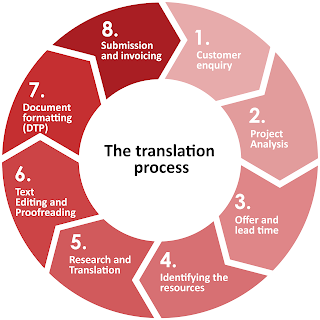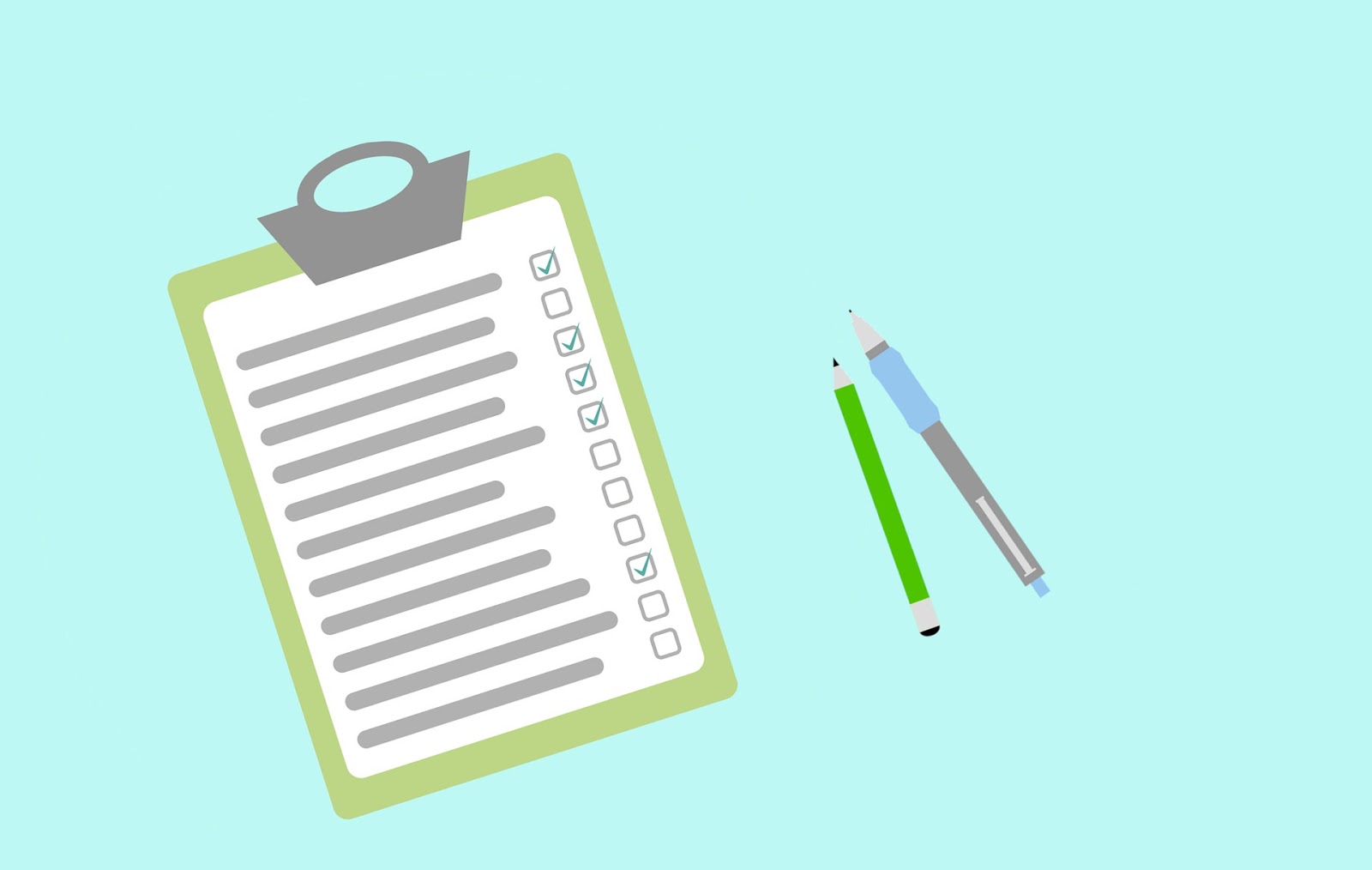Translating, editing and proofreading: the process for a ‘good’ translation
Translating, editing and proofreading: the process for a ‘good’ translation
Have you ever wondered if translating a text was as easy as just translating it? Well, as it turns out, many professionals argue that that is just not enough. As a matter of fact, there are three steps in the process of translating a text that need to be followed in order to achieve a high-quality translation: translating, editing – or copyediting – and proofreading. So, if you are ready, let’s talk about this ‘simple’ process.
§ Translating: the obvious first step
The first and most obvious step is translating. However, this is a complex process that needs some effort and time in order to properly do it. At its core, it can be basically defined as carrying a message from one language – the source language – into a target language. Many theorists have argued this idea for centuries and the discussion is still going on through the several waves of translation studies that keep evolving. However, many come together and share the common belief that the translated text should seem as natural as possible, which means that any and every translator should aspire to be invisible.
So, overall, translators can be seen as the first line of defense or as the first responders. Their work is crucial and that is the reason why it is the most well-known step out of the three. They have to produce a translated version which usually follows certain criteria pre-established by the client or the project manager. Nevertheless, translators are human beings and, even if they are professionals, they can still miss tiny details. In this case, a second line of defense could be helpful, and some would go as far as to say that it is necessary.
§ Copyediting: the often forgotten second step
Thankfully, translation companies have taken this into consideration and have come up with a solution that is supposed to make sure that none of those small and pesky details are ever overlooked: translators adopt a second responsibility and become copyeditors.
Once a translation is completed, the editing phase begins. Usually, the copyeditor is the same translator who carried out the previous step as they have a better understanding of the source text. Nonetheless, having a fresh pair of eyes take a look at what has been done can be even more beneficial since they are not biased.
Even though copyediting is a lesser-known task, it is, in my opinion, the most important one. But what is it exactly? Well, copyediting can be defined as the phase in which the translation is examined in depth, making sure that there are no issues regarding flow, consistency, semantics, jargon, syntax, and terminology. To cut it short, it is thee phase in which the translation is revised to ensure consistency, cohesiveness and accuracy throughout the whole document. Once the editor is satisfied with the quality of the translation, then it is passed on to the next person who will finish the quality assessment.
§ Proofreading: the underrated final step
We have finally made it to the last stage of this process and many wonder about the actual need for it after an extensive in-depth analysis of the translated text. Well, according to translation professionals and translation agencies who have years of experience, this is an essential part of delivering a high-quality document.
This part is controversial due to its similarity with copyediting. However, a proofreader will not be correcting the same elements as they will not be looking at the same details. Their job is particularly important if a translation has been carried out by different translators or if it has been edited a few times. A proofreader’s job is divided into three main assignments. First of all, they have to make sure that the translation is understandable and reads well. Second of all, they check the text to make sure that there are no punctuation, grammar and/or spelling errors left. Last but not least, they make sure that the document is formatted correctly and follows the guidelines established by the client or the project manager.
If any translation is done by following these three steps, then you can be certain of the quality of the work. Although it may seem like a long and hard process, translation agencies and freelance translators choose to respect these steps as they do work well in the end.
José C.
Sources:




This is such a useful article for a good understanding of the translation process.
RépondreSupprimerIt's sadly true that not many know of the crucial steps that follow the actual translation. The general public tends to believe for translation to be an easy and quick process, when in reality as you've explained in your article, it's more complicated and time consuming than it seems.
Personally, I often combine the last two steps but I'm not sure if it's the right thing to do.
Paulina R.
Thank you for your comment, Paulina.
SupprimerIt is kind of sad that the general public ignores the intricacies that go into the translation process, but I guess that is what tends to happen with every profession. Something I have been trying to do as of late is to think of all the elements that make up our work as the most charming part of it. I guess some parts are for us to know and for 'them' t find out.
Also, I tend to combine the last two parts in order to save up some time. It might not be the best thing to do, but – more often than not – it works.
José C.
Thank you for such an interesting article.
RépondreSupprimerI agree that the third and final step of any translation is crucial and shouldn't be forgotten. However, it is difficult to do if you work on your own. When you do a translation, do you check your final text yourself or you prefer to ask someone else?
Daria A.
Thank you for your comment, Daria.
SupprimerI think you have a point. It is hard to execute all of those parts if you are on your own and I would really like to talk to freelance translators to find out what it is they do to make sure that their translations go through the three steps.
When I finish a translation I usually check it myself first and then I ask a friend if they have time to skim through it to make sure that I did not leave any major mistakes or if there is anything that they would suggest to improve the final translation. However, sometimes they do not have the time so I have to trust myself and do my best to read it a few times and correct it as much as I can.
José C.
Ce commentaire a été supprimé par l'auteur.
RépondreSupprimerThank you for your article it was very interesting !
RépondreSupprimerIn the final step you are shining a light on proofreader’s job which is essential to achieve a professional level of translation. He is a great help for the translator to have a new point of view on his translation as sometimes translators are used to their texts and they do not notice all mistakes or comprehension problems.
Indeed translation is not as easy as one might think and working in groups is the key to a good translation.
Thank you for your comment.
SupprimerI completely agree with you. The proofreader job is crucial if the agency – or the freelance translator – wants to hand in a high-quality translated copy. It is nice when you can have someone else's opinion and feedback on the work you have done so that you can improve whatever it is that needs to be improved for future translations.
José C.
By the way - I forgot to tell you - it me, Nolwen D.
SupprimerThank you so much for your note, it encourages us to have more and more discs in our lives, so kind to you, I really hope you'll make more and more excellent posts and let's talk more and more, thank you so much, love.
RépondreSupprimerTranslation in Duabi
Translation Services in Duabi
Translation Company in Duabi
Legal Translation in Duabi
I found this very informative. This blog helps me a lot in my research regarding translation services. Impressive and highly professional. Legal translation is the translation of texts within the field of law. I really like your article. Hire a certified agency for Legal translation in Dubai.
RépondreSupprimertranslation in dubai
legal translation services in dubai
legal translation company in dubai
translation services in dubai
translation company in dubai
The ways by which one can improve his translation efficiency is very neatly explained. I am sure my translation skills will increase with this simple yet effective techniques. Thank you.
RépondreSupprimerTranslation Companies In Hyderabad | E-learning Localization | Translation Agency In Delhi | Translation Company In Delhi
Great! Thanks for sharing. I have been searching for such an informative post for many days, and it seems my search just ended here. Good work. Keep posting about translation services .
RépondreSupprimer